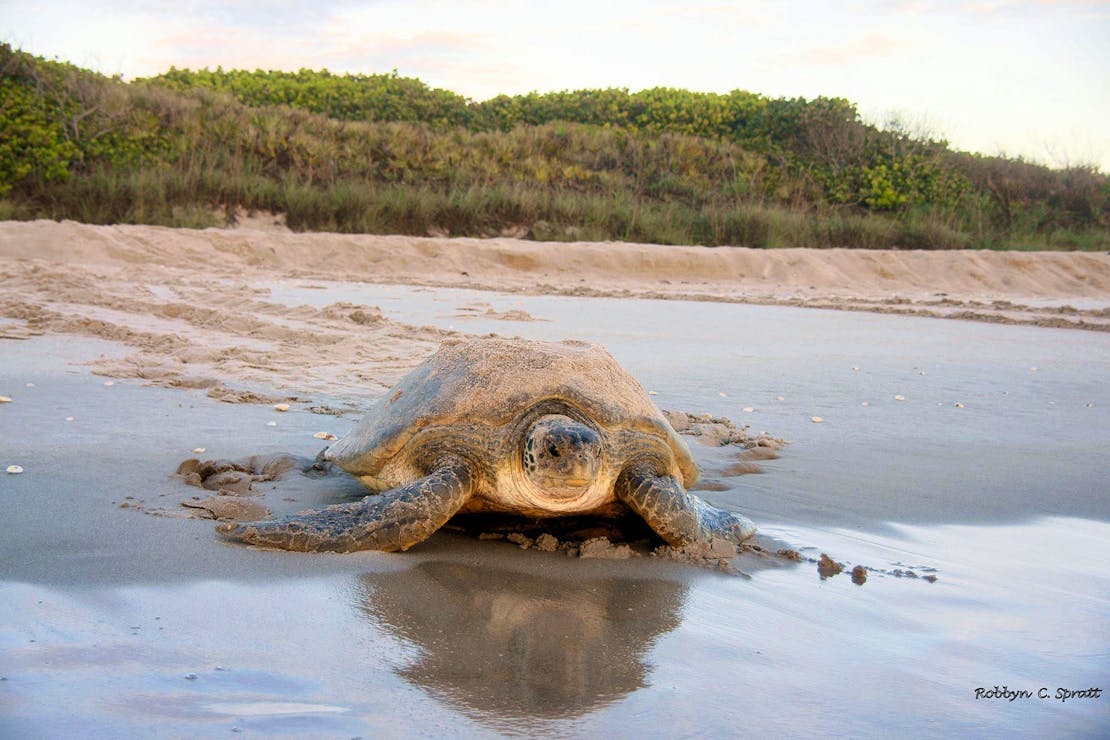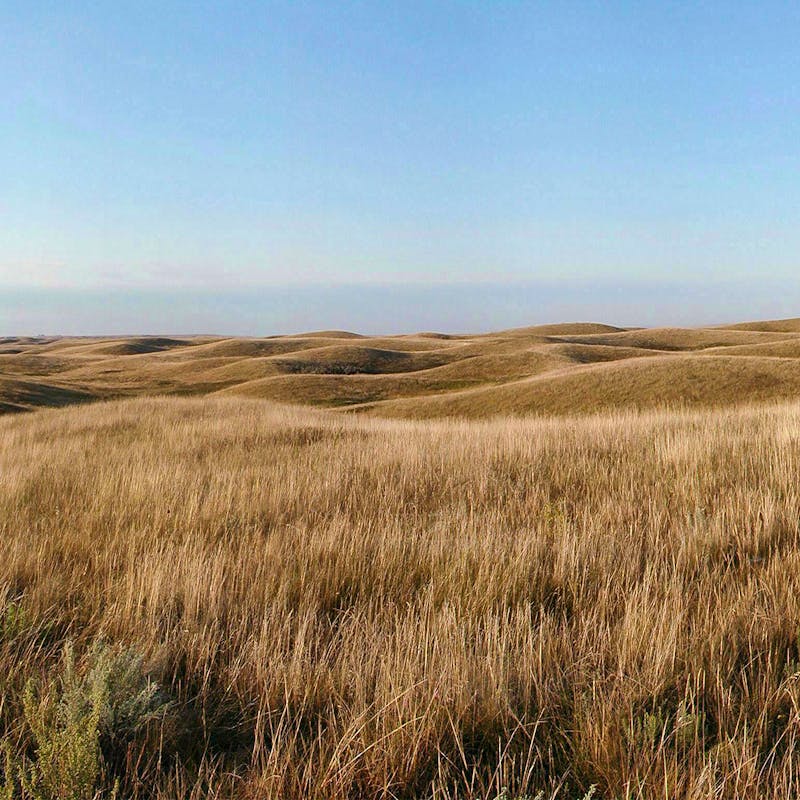The National Wildlife Refuge System is an incredible gift that the United States made 119 years ago today. There is no other system in the world quite like our national wildlife refuges. We have the only protected land base where wildlife is the primary beneficiary. As escalating impacts from climate change, habitat loss and human development put plants and animals increasingly at risk, these wildlife refuges serve an even more critical role in their survival– and the time is now for the Biden administration and Congress to step up to support and expand the system and prioritize conservation.
As a wildlife biologist and former director of the U.S. Fish and Wildlife Service (FWS), I have always cared deeply about the National Wildlife Refuge System. They are conservation jewels I have visited throughout my life, not only for wildlife and bird watching but also for personal well-being and revitalization. They are wonderful places to rekindle your connection with nature and to renew your spirit.
As director of FWS, I prioritized expansion of the System, because I knew how important undisturbed land is for migratory birds, rare plants, clean water and imperiled wildlife. I was fortunate to be in the Oval Office when President Clinton signed the National Wildlife Refuge System Act of 1997. Standing there that day, I remember thinking, what a remarkable investment we have given to ourselves. The law governing management of the National Wildlife Refuge System is unequivocal: Wildlife comes first. I am proud and grateful that I was part of vital efforts to connect people with nature while helping to conserve our nation’s biodiversity.
Twenty-five years later, the urgency for expanding wildlife refuges is even more essential. Approximately 1 million of the estimated 8 million plant and animal species on the planet are at risk of extinction, many within the next few decades, due to human activities. Scientists have long warned that the world is entering a sixth mass extinction, driven by human consumption and exploitation of wildlife and wild spaces and the burning of fossil fuels. Actions can be taken to slow the decline, but they need to happen now. Luckily, expanding refuges for wildlife builds on an existing and successful model.
Today, there is at least one wildlife refuge in every state throughout the country. They serve as anchors of biodiversity and gateways to conservation. Expanding the National Wildlife Refuge System is essential to saving biodiversity and preventing the extinction of species on the brink. If we do not have protected landscapes where wildlife have sanctuary and security, and where they can survive, reproduce and thrive, biodiversity will continue its downward spiral. Wildlife needs these special places, and they need more of them now more than ever.
It’s sometimes hard to love what you can’t see. That’s why the growing focus on new urban wildlife refuges, like the proposed Western Riverside County National Wildlife Refuge in southern California, is so exciting. Urban wildlife refuges provide wonderful opportunities for more people to connect with nature. They are juxtaposed against high-density city centers and are some of the most spectacular outdoor classrooms in the country.
As more people visit and enjoy wildlife refuges and have experiences learning about them, the demands on the National Wildlife Refuge System grow. Despite the obvious benefits to people and wildlife, in many places, wildlife refuges are in trouble. FWS, the federal agency responsible for stewarding this special system of lands, is severely understaffed and grossly underfunded. Many wildlife refuges do not even have an onsite staff biologist, making it almost impossible to monitor the overall health of the refuges and oversee management of the special habitats within their borders.
There is a growing backlog of repairs to essential infrastructure like walkways, dikes and bridges. Some repairs, such as the restoration of shorelines along coasts and rivers, are essential to combat flooding and habitat destruction that comes with the increasing impacts of climate change. The serious lack of funding also means that many of our wildlife refuges are without law enforcement professionals to protect these lands and wildlife from poaching and damaging uses like unauthorized off-roading.
There are plenty of worthwhile reasons to expand the system of wildlife refuges and no rational reason for their neglect. As the number of visitors to wildlife refuges increases and the need for safe havens for wildlife increases, saving nature and supporting these important places should be a bipartisan funding priority.
Saving nature saves us. Providing quality experiences in nature for everybody is essential to our own well-being.
At Defenders of Wildlife, we celebrate the richness and diversity of the National Wildlife Refuge System and how critical it is to wild plants and animals and to people. We’re working hard to expand these unique and wonderful landscapes. Wildlife refuges deserve full funding and support, especially by our elected leaders. The creation of the System was a brilliant idea and a wise investment in our future. Now more than ever, we need to sustain them, protect them and expand them.












